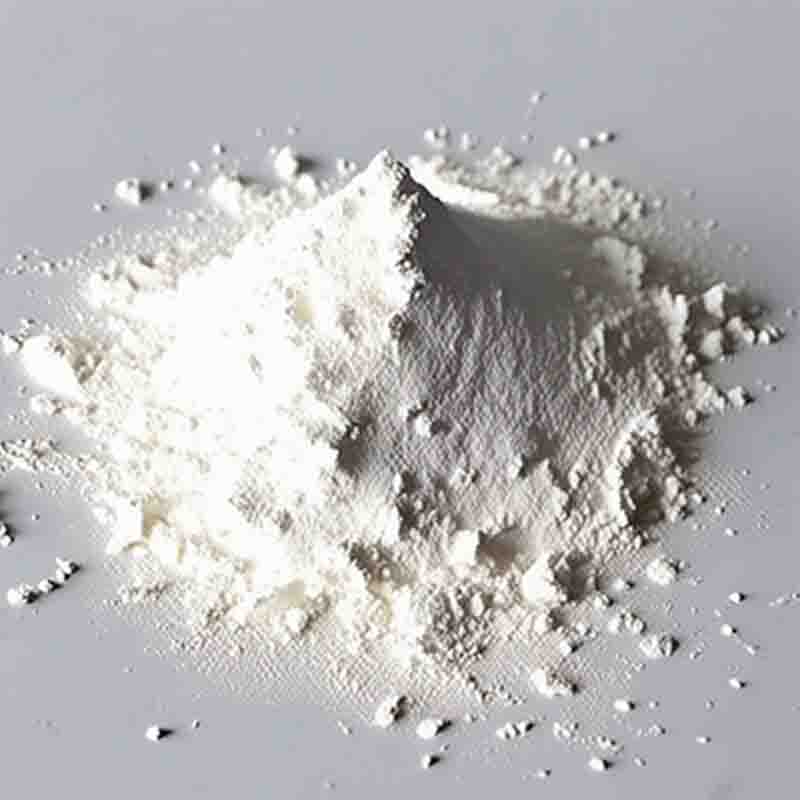Lercaridipine CAS: 132866-11-6
| Catalog Number | XD94952 |
| Product Name | Lercaridipine |
| CAS | 132866-11-6 |
| Molecular Formula | C36H42ClN3O6 |
| Molecular Weight | 648.19 |
| Storage Details | Ambient |
Product Specification
| Appearance | White powder |
| Assay | 99% min |
Lercaridipine is a calcium channel blocker that is primarily used for the treatment of hypertension, or high blood pressure. It works by blocking the influx of calcium ions into smooth muscle cells within blood vessels, leading to their relaxation and widening. This results in a decrease in blood pressure and an improvement in blood flow to organs and tissues.
The primary application of Lercaridipine is as an antihypertensive medication. It is often prescribed as a first-line treatment for hypertension, either alone or in combination with other medications. It has been shown to effectively reduce both systolic and diastolic blood pressure, leading to better control of hypertension and a decreased risk of cardiovascular complications.
Lercaridipine is known for its long-acting properties, meaning that it has a sustained effect over a 24-hour period. This allows for once-daily dosing, which improves patient convenience and adherence to treatment.
In addition to its use in hypertension, Lercaridipine has also been investigated for its potential applications in other medical conditions. It has been studied for its ability to improve outcomes in patients with stable angina, a condition characterized by chest pain due to reduced blood flow to the heart. Lercaridipine has been shown to reduce the frequency and severity of angina episodes and improve exercise tolerance in these patients.
Furthermore, Lercaridipine has been explored for its potential role in the prevention of cardiovascular events. Studies have suggested that Lercaridipine may have a protective effect on the heart and blood vessels, reducing the risk of heart attack, stroke, and other cardiovascular complications.
In conclusion, Lercaridipine is primarily used as an antihypertensive medication for the treatment of hypertension. Its long-acting properties and efficacy in lowering blood pressure make it a valuable choice for patients. Its potential applications in stable angina and cardiovascular event prevention offer opportunities for further research and development in the field of cardiovascular medicine.




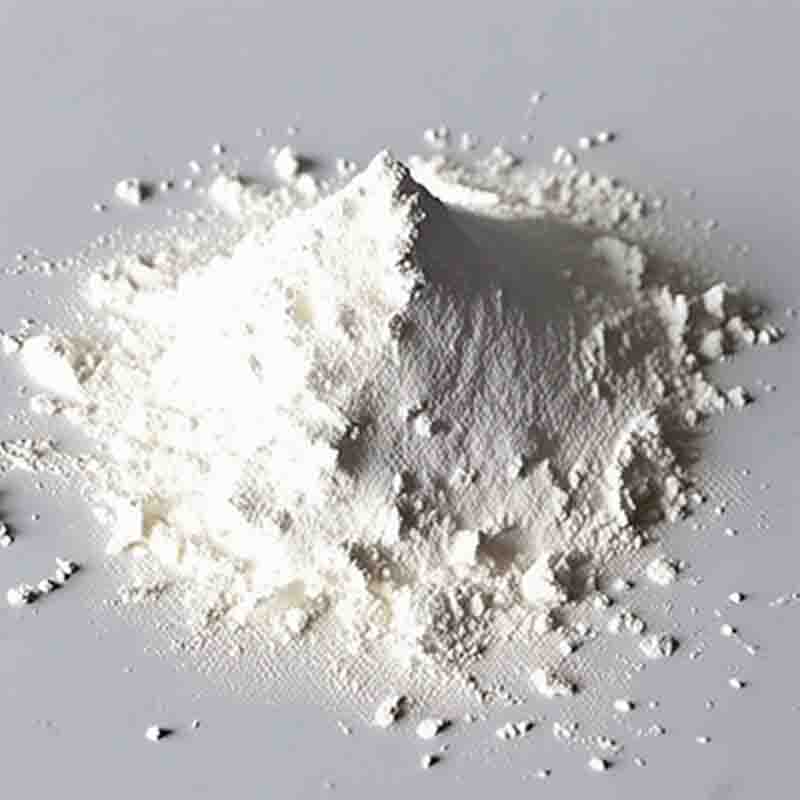
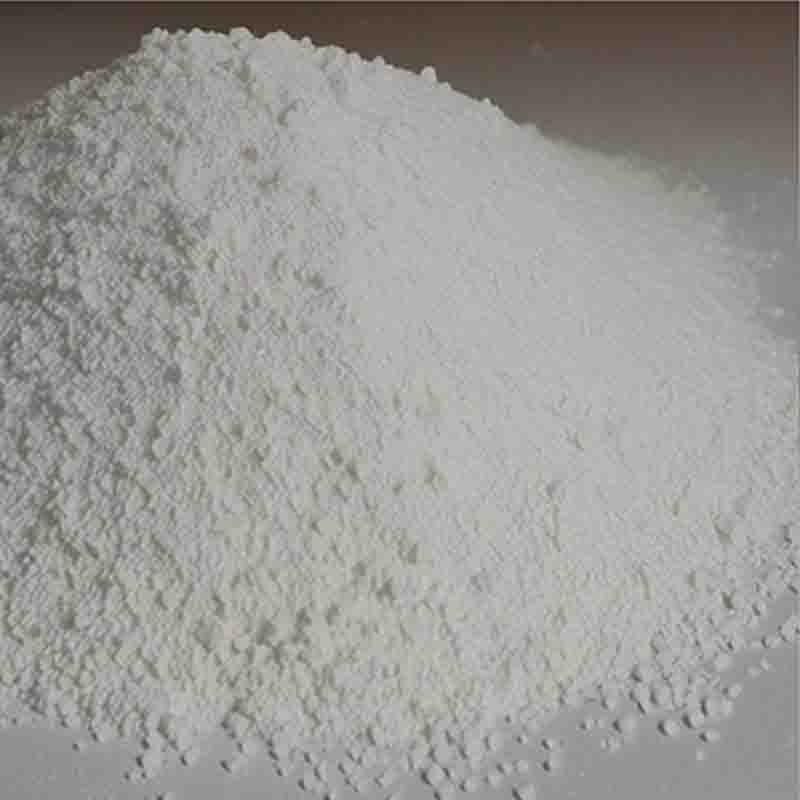
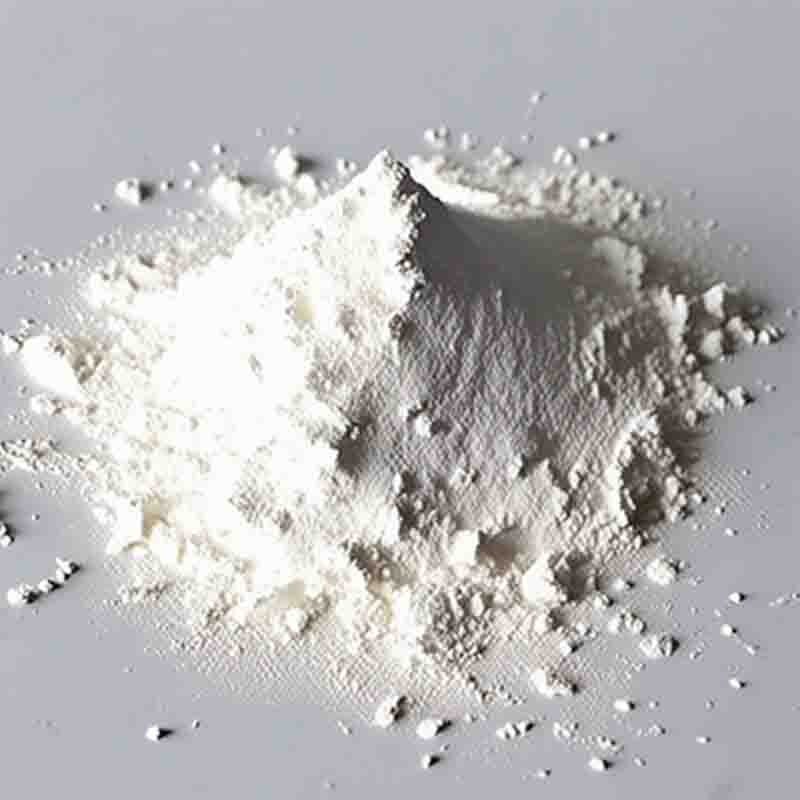
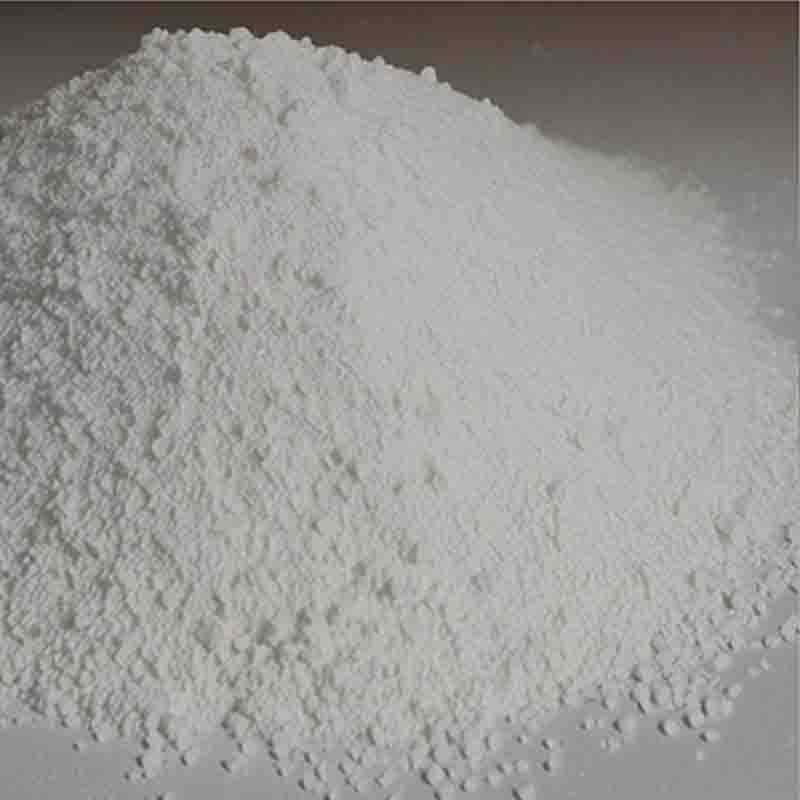
![2-[2-(3-methoxyphenyl)ethyl]phenol CAS:167145-13-3](https://cdn.globalso.com/xdbiochems/白色粉末11308.jpg)
